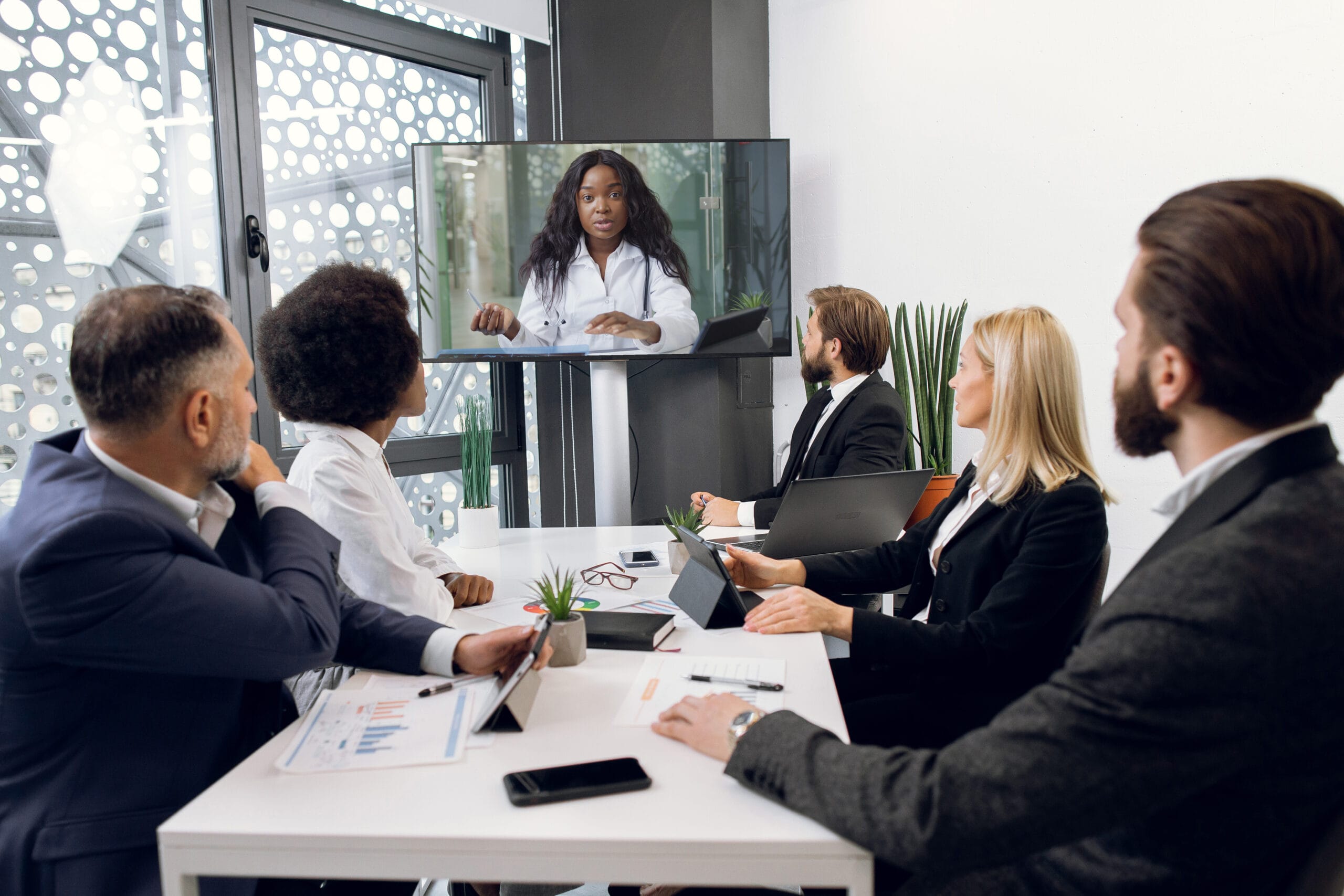How Trial Presentations Should Be Tailored to Your Audience for Maximum Effectiveness
How Trial Presentations Should Be Tailored to Your Audience for Maximum Effectiveness
Blog Article
How Reliable Trial Presentations Can Win Your Instance
The effectiveness of test discussions is typically ignored, yet they play a critical duty in shaping juror understandings and influencing instance end results. As we explore the components that contribute to an engaging test discussion, the inquiry remains: what certain approaches can lawyers employ to ensure their message not only reverberates but likewise urges action?

Understanding Your Target Market
Recognizing your target market is critical for delivering an efficient test discussion. Recognizing who will be existing in the courtroom-- jurors, courts, and opposing advice-- permits you to tailor your message in a way that reverberates with them. Each team has distinct assumptions, prejudices, and backgrounds, which can dramatically influence their understanding of the case.
For jurors, it is important to take into consideration demographics, life experiences, and cognitive predispositions. Jurors might originate from different occupations and social backgrounds, affecting their analysis of proof and debates. Involving with them with relatable instances and clear, straightforward language can cultivate much better understanding and compassion.
Juries, on the other hand, concentrate on legal requirements and step-by-step stability. Discussions must be concise and grounded in the law while appreciating court room decorum. Recognizing the court's choices and previous judgments can even more improve your technique.
Efficient communication depends upon acknowledging these differences and changing your presentation style accordingly (trial presentations). By anticipating the target market's reactions and resolving their issues, you can produce a more persuasive narrative that astounds interest and advertises favorable outcomes
Crafting a Compelling Narrative
A well-crafted narrative acts as the backbone of an efficient test presentation, directing the audience with intricate info while stimulating psychological feedbacks. This narrative should start with a clear and interesting intro that establishes the phase, laying out the crucial styles and problems at stake. Establishing a relatable lead character-- usually the customer-- can develop a personal connection with the court, attracting them into the tale.
The body of the narrative need to present the truths in a logical series, weaving with each other evidence and testament to build a natural disagreement. Each item of info must sustain the overarching motif, enhancing the wanted message without overwhelming the target market with unnecessary details. Transition expressions can be especially powerful, assisting to preserve circulation and maintain the jury engaged.
Eventually, the verdict needs to resonate psychologically, summing up the case's significance and advising the court to take action with their judgment. By crafting an engaging story that is both organized and mentally powerful, lawyers can properly convey their instance's advantages, making it easier for jurors to recognize and remember the bottom lines long after the test wraps up. This method not just informs yet likewise convinces, boosting the chance of a positive result.
Using Aesthetic Aids Successfully

Aesthetic help play a critical role in enhancing trial presentations, transforming complex information right into easily accessible details that jurors can conveniently understand. By making use of graphes, graphs, representations, and multimedia elements, attorneys can clarify detailed points and retain jurors' attention. Aesthetic help assist in the understanding of evidence, making abstract ideas tangible and relatable.
When choosing aesthetic help, importance and simplicity are vital. Each visual should directly support the situation narrative and reinforce key disagreements without frustrating the viewer. Extremely intricate visuals can diminish the message, creating confusion instead of clearness.
Additionally, the calculated positioning of visual help during presentations is important. They must be introduced at crucial minutes to underscore important proof or to highlight substantial modifications or trends. This timing enables jurors to process information effectively, enhancing retention and recall throughout deliberations.
Moreover, it is vital to make certain that aesthetic help are technically compatible with the court setting. Familiarity with the devices and a back-up strategy can stop technological problems that may disrupt the flow of the discussion. In summary, reliable use of visual help can substantially reinforce a test presentation, resulting in a stronger connection with the court and an extra persuasive instance on the whole.
Involving Feeling and Compassion
While providing factual evidence is essential, appealing emotion and compassion in trial presentations can greatly affect jurors' understandings and choices. Jurors are not simply decision-makers; they are humans that reply to stories that reverberate on an individual level. By weaving emotional aspects right into the presentation, lawyers can develop a connection that goes beyond simple stats and lawful lingo.
Storytelling is a powerful tool in this context. By presenting the case as a story that highlights the human impact of the occasions concerned, lawyers can evoke feelings click this site of compassion, temper, or also are afraid - trial presentations. These feelings can dramatically persuade jurors, making them most likely to feel sorry for the complainant or offender

Inevitably, a trial presentation that successfully involves emotion and empathy can develop an engaging disagreement that reverberates deeply, leading jurors to feel a personal stake in case, thereby boosting the opportunities of a beneficial decision.
Exercising Distribution Techniques
Engaging emotion and compassion lays a solid foundation for trial presentations, yet the effectiveness of these aspects rests on the shipment methods important link utilized by the attorney. Understanding delivery methods is essential for making certain that the message reverberates with the court. This includes practicing tone, pace, and body language to boost reliability and link with the audience.
Rehearsing the discussion several times permits lawyers to refine their style and identify locations for enhancement. Recording method sessions can give valuable understandings right into one's nonverbal signs and singing inflections, aiding to get rid of disruptive habits. In addition, getting responses from peers can highlight strengths and weak points, leading additional refinement.
Effective use of pauses can additionally be an effective method; they allow the jury to soak up crucial information and enhance psychological effect. Attorneys should also be mindful of eye call, as it cultivates depend on and interaction with jurors.
Eventually, the combination of practiced distribution methods and the emotional vibration of the discussion can substantially influence the court's assumption, producing an engaging situation that stands apart in their minds. The power of well-executed delivery can not be overemphasized in the quest of a beneficial judgment.
Final Thought
In summary, reliable test presentations are crucial in influencing juror decisions. A comprehensive understanding these details of the audience, paired with a compelling narrative, fosters interaction and comprehension of complicated issues. The critical usage of visual help improves clearness, while emotional vibration cultivates compassion and link. Grasping delivery strategies additionally magnifies these elements, eventually adding to a convincing situation discussion. By incorporating these parts, attorneys can substantially raise the likelihood of attaining a positive decision.
Report this page